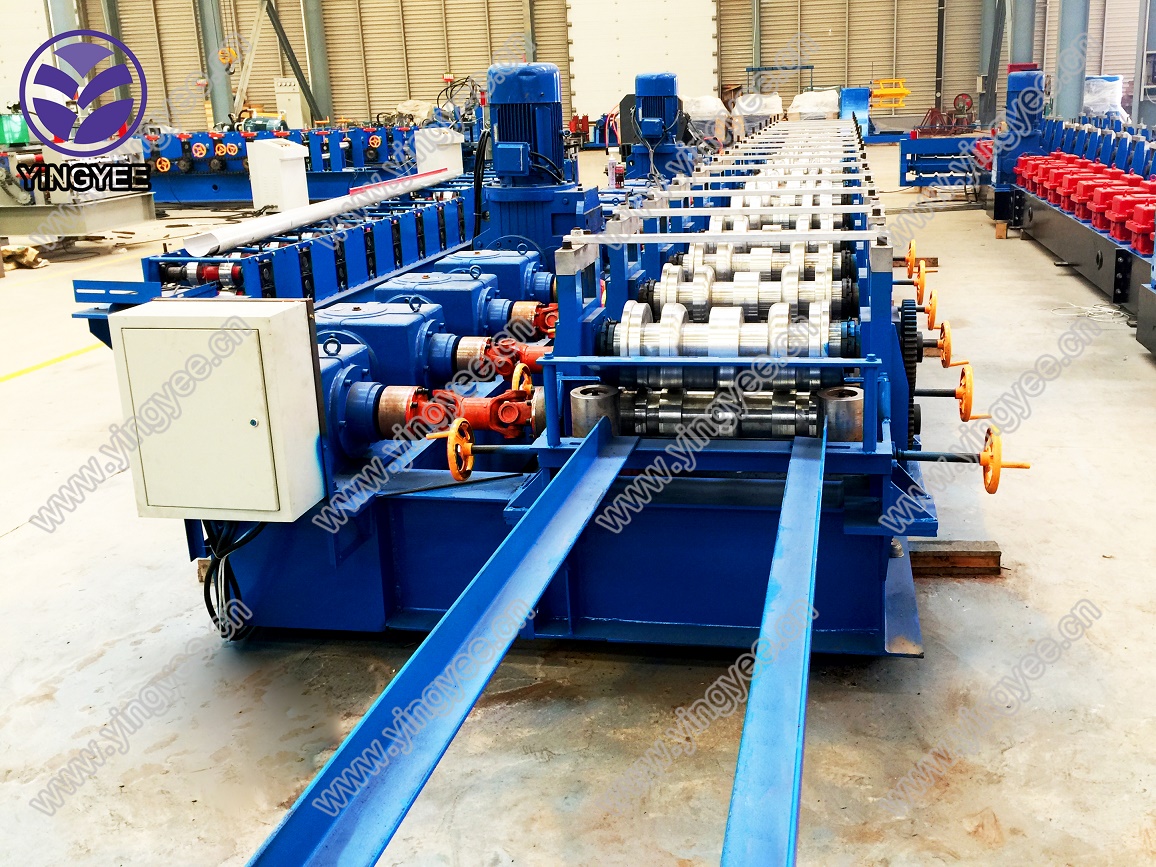
Flex Beam Cold Bending Machine Revolutionizing Beam Fabrication
In the world of structural engineering and fabrication, the efficient bending of flex beams is critical for creating robust and durable steel structures. Traditional methods of bending steel can be time-consuming, labor-intensive, and often lead to inaccuracies. However, advancements in technology have given rise to specialized equipment such as the Flex Beam Cold Bending Machine, which significantly enhances the bending process and brings numerous benefits to the construction industry.
What is a Flex Beam Cold Bending Machine?
A Flex Beam Cold Bending Machine is a specialized piece of equipment designed to bend steel beams, particularly flex beams, without the application of heat. This cold bending technique preserves the integrity of the material while providing precise control over the bending process. Unlike hot bending, which can alter the material properties and lead to weaknesses, cold bending maintains the steel's original strength and shape, making it ideal for structural applications.
How Does It Work?
The operation of a Flex Beam Cold Bending Machine involves several key components and steps. The machine is equipped with advanced hydraulic systems that apply consistent pressure to the beam, allowing it to bend gradually into the desired shape. Operators set specific parameters for the bend radius and angle, ensuring accuracy and repeatability. This automation reduces human error and increases efficiency, as multiple beams can be processed in a shorter time frame compared to manual methods.
Benefits of Using Flex Beam Cold Bending Machines
1. Precision and Accuracy One of the most significant advantages of using a Flex Beam Cold Bending Machine is the precision it offers. The ability to program exact specifications allows for consistent results across multiple pieces, ensuring that all beams fit perfectly within the overall structure.

2. Time Efficiency Cold bending machines operate at a faster pace than traditional methods. The automated processes involved mean that large numbers of beams can be bent in a fraction of the time it would take manually. This efficiency translates into shorter project timelines and reduced labor costs.
3. Material Preservation As mentioned earlier, cold bending retains the structural integrity of steel beams. This characteristic is crucial for applications in which strength and durability are paramount. By avoiding the heat process, the risk of warping or weakening the metal is minimized.
4. Versatility Flex Beam Cold Bending Machines are versatile and can handle various sizes and types of beams. Whether the project requires small sections for intricate designs or larger beams for substantial structures, these machines can accommodate diverse needs.
5. Safety The automation and controlled processes of modern bending machines enhance safety in the workplace. By minimizing manual handling and accurately executing bends, the risk of injuries associated with traditional bending methods is significantly reduced.
Applications in the Industry
Flex Beam Cold Bending Machines are invaluable in various sectors, including construction, automotive, and shipbuilding. They play a vital role in creating elements such as frames, support beams, and structural components, where precision and strength are critical. Additionally, the automotive industry uses these machines to fabricate components that require specific bending angles and tolerances for optimal performance.
Conclusion
The advent of the Flex Beam Cold Bending Machine marks a transformative leap in beam fabrication. With its ability to provide precision, efficiency, and safety, this technology is reshaping how engineers and fabricators approach the bending of steel beams. As industries continue to evolve, the incorporation of such advanced machinery will undoubtedly pave the way for even more innovative construction and manufacturing techniques, ultimately leading to stronger and more resilient structures.